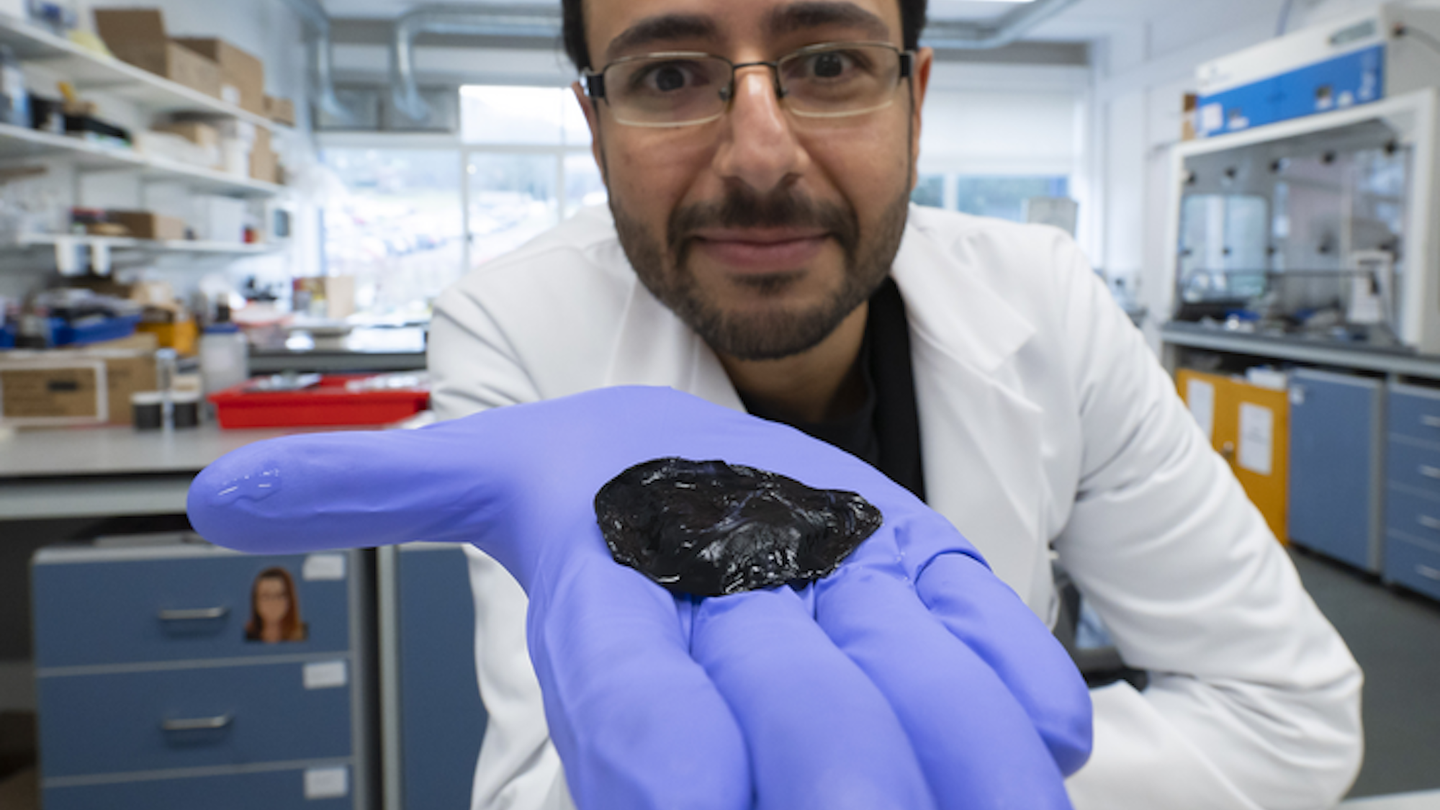Scientists have developed a medical sensor using seaweed and other natural materials. The University of Sussex researchers recently launched this new biodegradable sensor that could disrupt personal healthcare and fitness monitoring technology. They have proven that the seaweed-based sensor can detect changes in the human body’s hydration levels, blood pressure, and even temperature. Other potential applications of the seaweed sensor are in medical monitoring devices, wearable technology, and even in food packaging to detect spoilage.
These health sensors that could be worn by runners or patients to monitor heart rate and temperature were developed from biodegradables such as rock salt, seaweed, and graphene. The team at Sussex aimed to create eco-friendly sensors which they successfully achieved as they solely used ingredients found in nature. Unlike rubber-coated and plastic-based options, their sea-weed sensor is completely biodegradable, placing it in the crop of new technology known as edible electronics.
Edible electronics is an emerging scientific field delineating consumable electronic devices. Not only are these sensors safe to consume they are sustainable and are better alternatives to synthetic-based hydrogels and nanomaterials. This is because seaweed-based sensors are more sensitive and therefore more accurate in recording vital signs in humans.
University of Sussex physicist, Dr. Conor Boland, got the idea to develop this sensor after watching chefs use seaweed to thicken desserts for vegans and vegetarians. Dr. Conor set to work with seaweed in his lab and repurposed it into an efficient sensing technology. Since the mass production of environmentally hazardous plastic-based sensors poses a risk to human health, this is a highly commendable development.
In many African countries, access to medical monitoring devices is limited, making the development of cost-effective and reliable medical sensors critical. The seaweed sensor works by detecting changes in the electrical conductivity of the material when it comes into contact with human sweat. Sweat contains electrolytes, which are essential for maintaining the body’s fluid balance, and changes in the electrolyte levels can indicate changes in the body’s hydration levels. By monitoring these changes, the sensor can provide real-time information about the body’s fluid status, allowing for early intervention in conditions such as dehydration.
With this new development, health monitoring technology will witness a revolution as clinical-grade wearable sensors could be designed to look like temporary tattoos. They would be lightweight, safe, easy to use, and 100% eco-friendly. Patient care will improve as the age of using wires, leads, and potentially invasive hospital instruments will slowly come to an end.
The sensor’s ability to detect changes in blood pressure and temperature is also significant for medical monitoring. High blood pressure is a leading risk factor for cardiovascular disease, and early detection and management are critical in preventing complications. According to the WHO, hypertension affects over one billion people globally, with over two-thirds of those living in African and other low- and middle-income countries.
The sensor’s low cost and ease of use makes it an attractive option for use in Africa and other low-resource settings, where access to medical monitoring devices is limited. The best part is that seaweed is an abundant and sustainable resource. Currently, the global seaweed industry is growing rapidly, with the market expected to reach $22.13 billion by 2024. By using seaweed in the sensor, researchers have created a more environmentally friendly and sustainable alternative to traditional medical sensors.
The use of seaweed in medical sensors is not new, with previous research showing its potential in applications such as wound healing and drug delivery. However, the development of the seaweed sensor is still in its early stages, and further research is needed to optimize the sensor’s performance and determine its long-term viability. It is noteworthy that the potential applications of the sensor are vast, and its low cost and ease of use makes it an attractive option for global use in medical monitoring devices, wearable technology, and food packaging.
Ehi-kowoicho Ogwiji is a storyteller and science writer who advocates for a science-literate Africa. She aspires to be a science development communicator and leader of important conversations around gender imbalances in STEMM (Science, Technology, Engineering, Mathematics, Medicine) in Africa and around the world. She writes from Abuja, Nigeria. Connect with her on social media @ogwijiehi or email her at ehikowoicho.ogwiji@gmail.com

